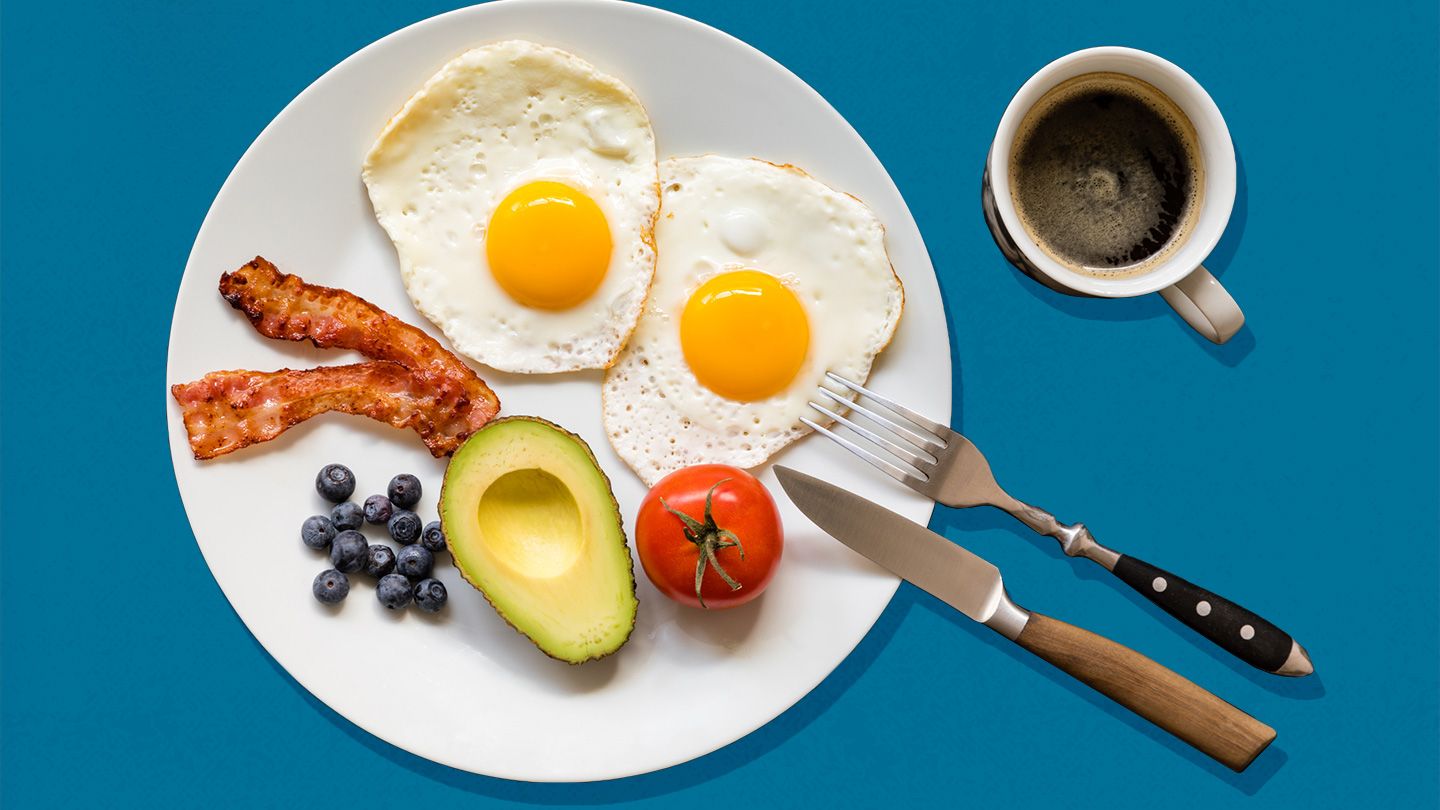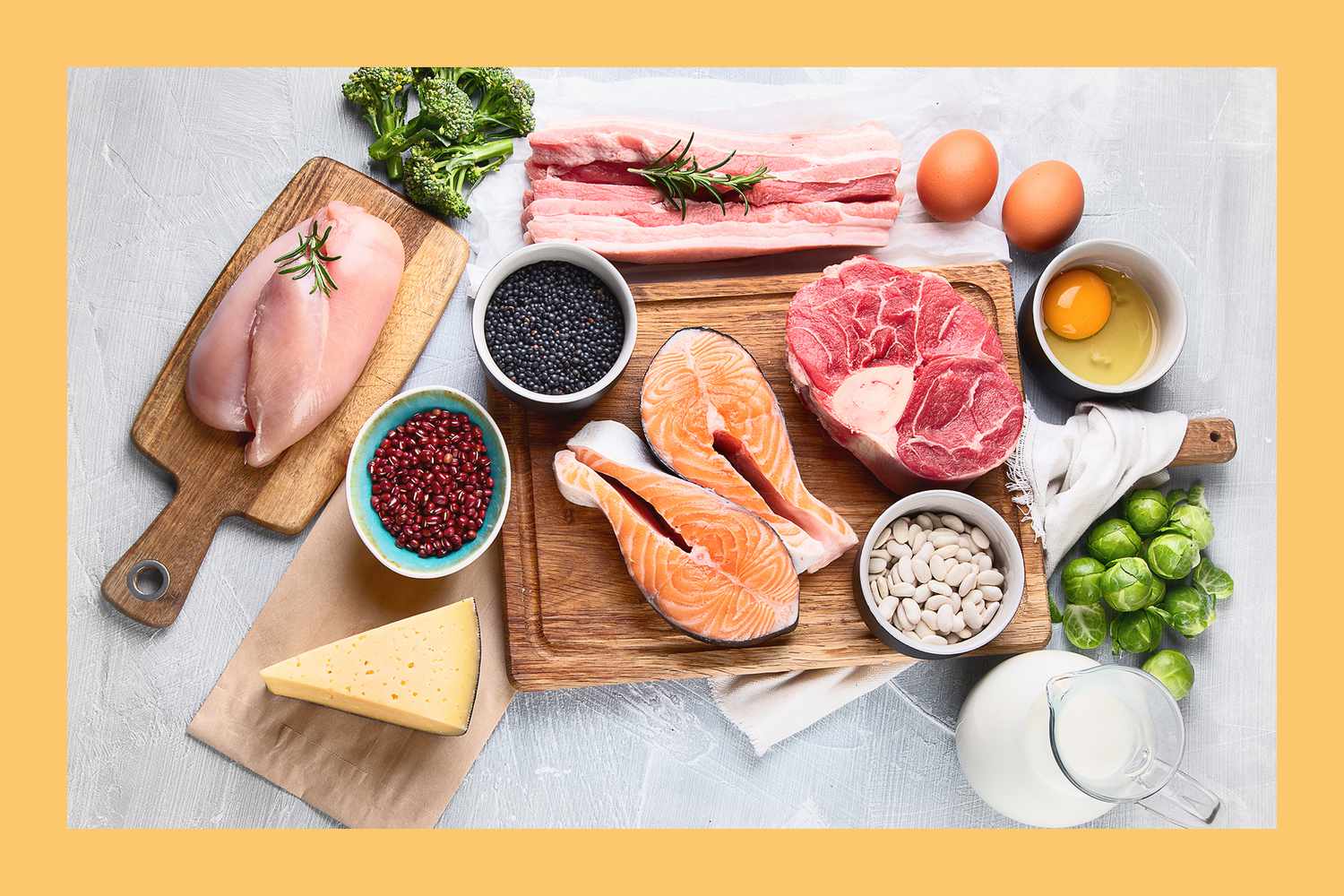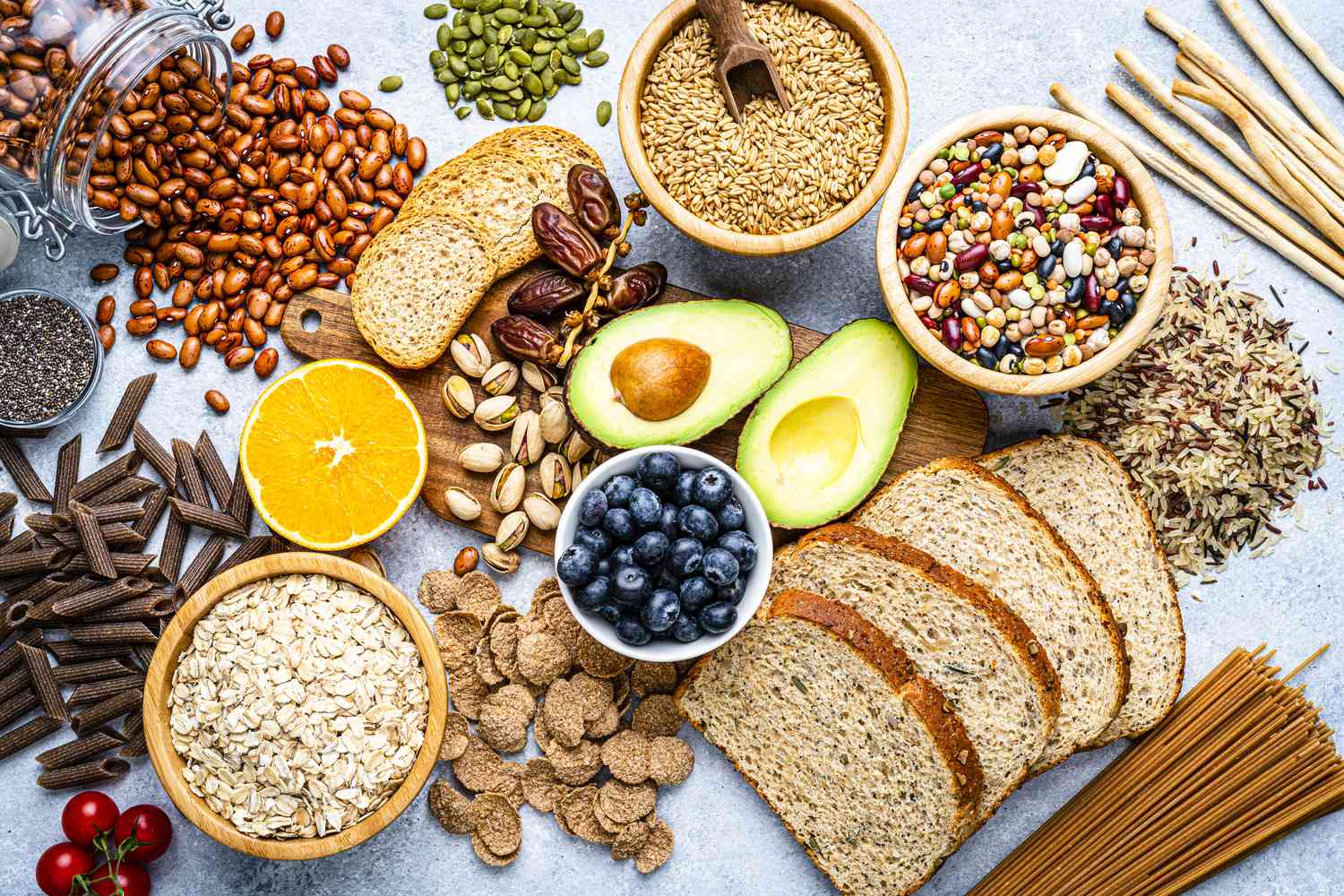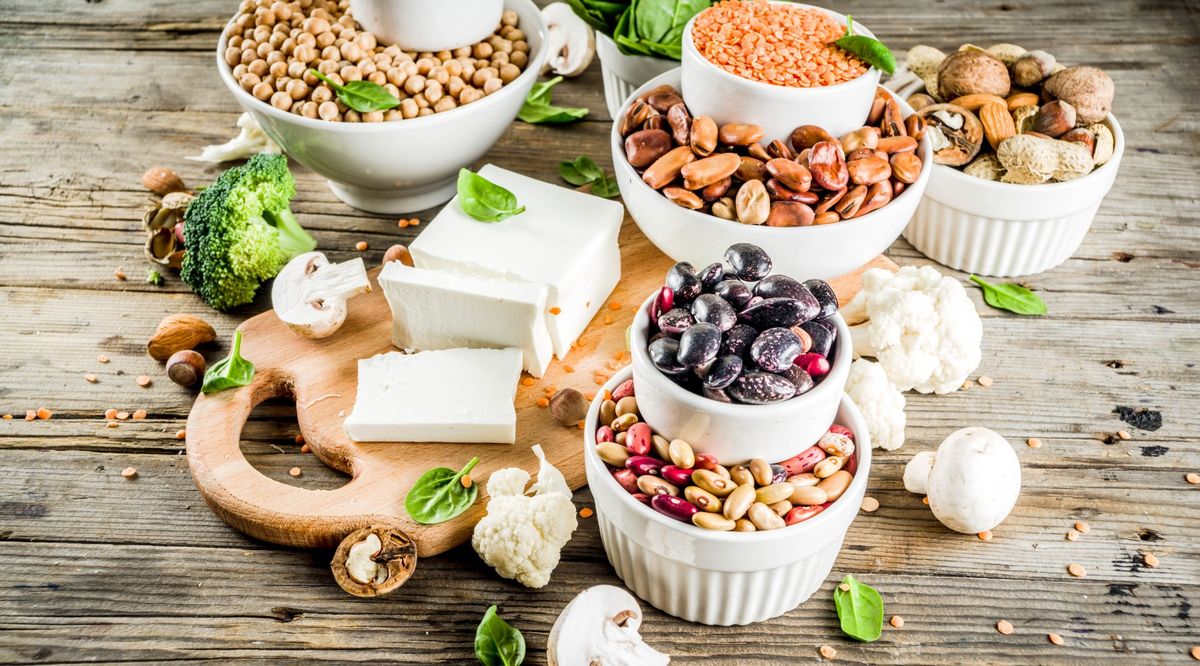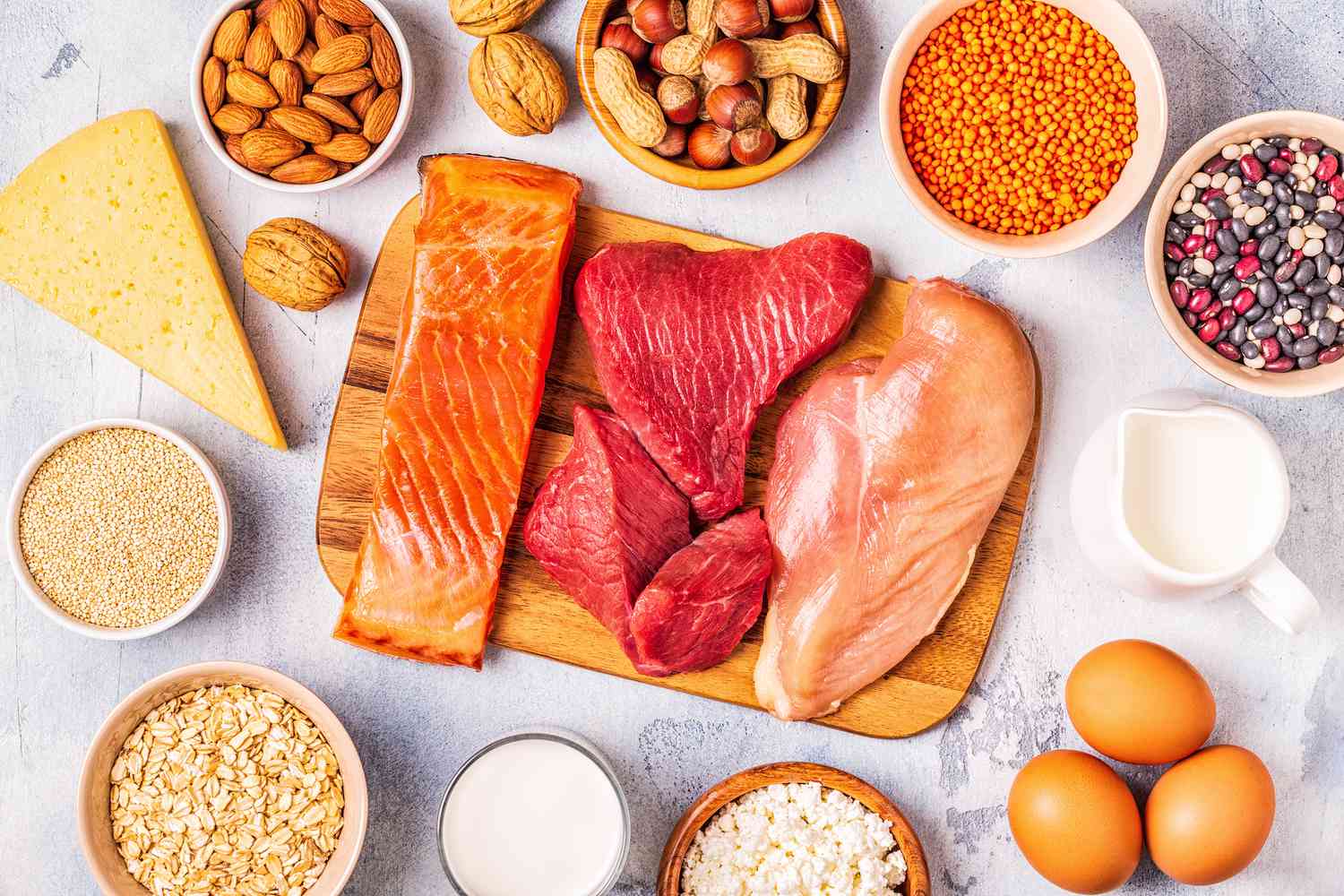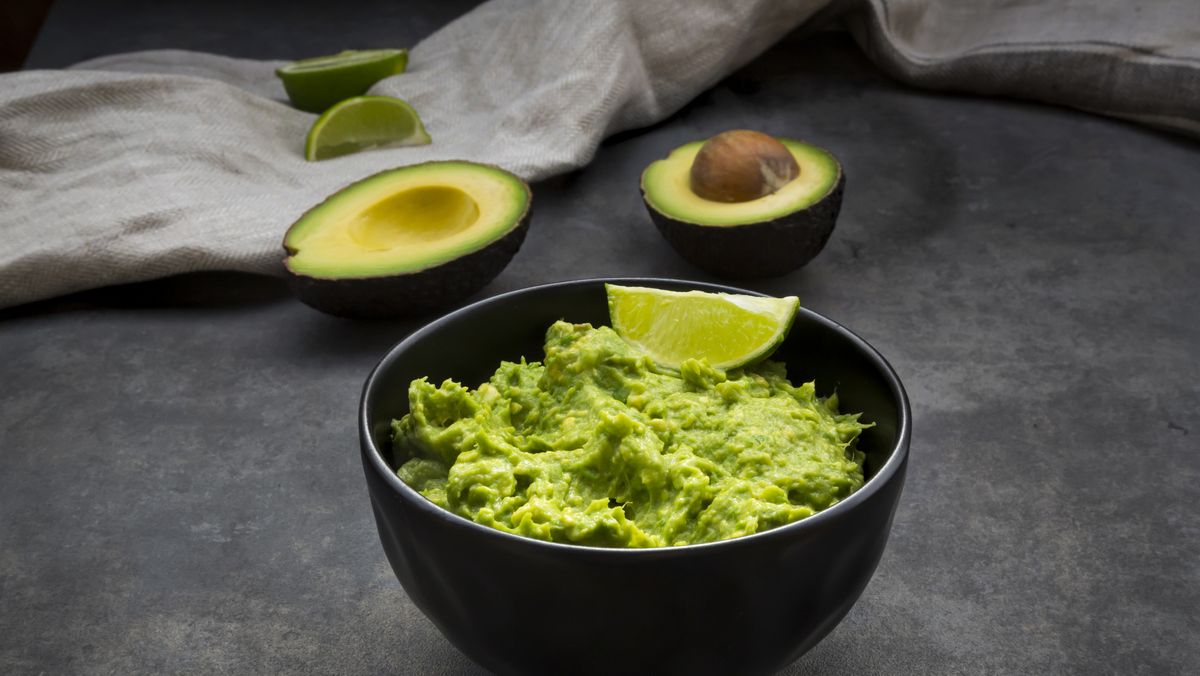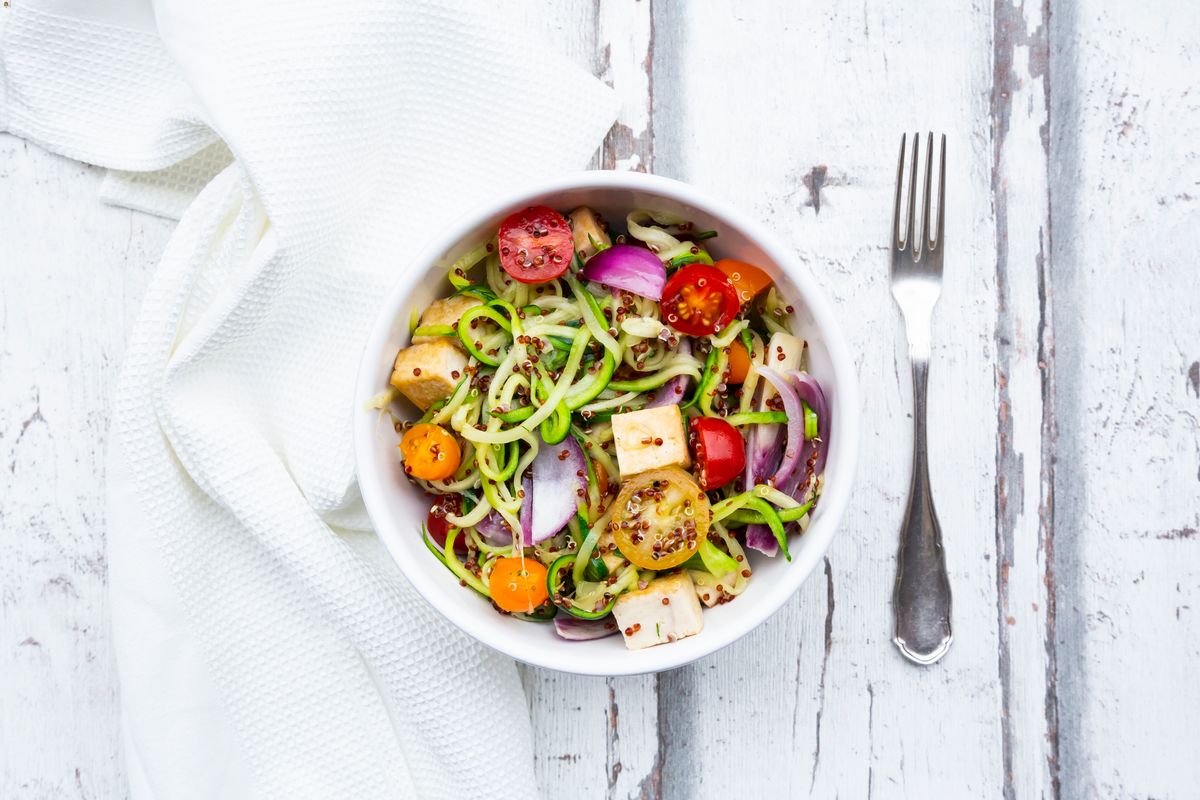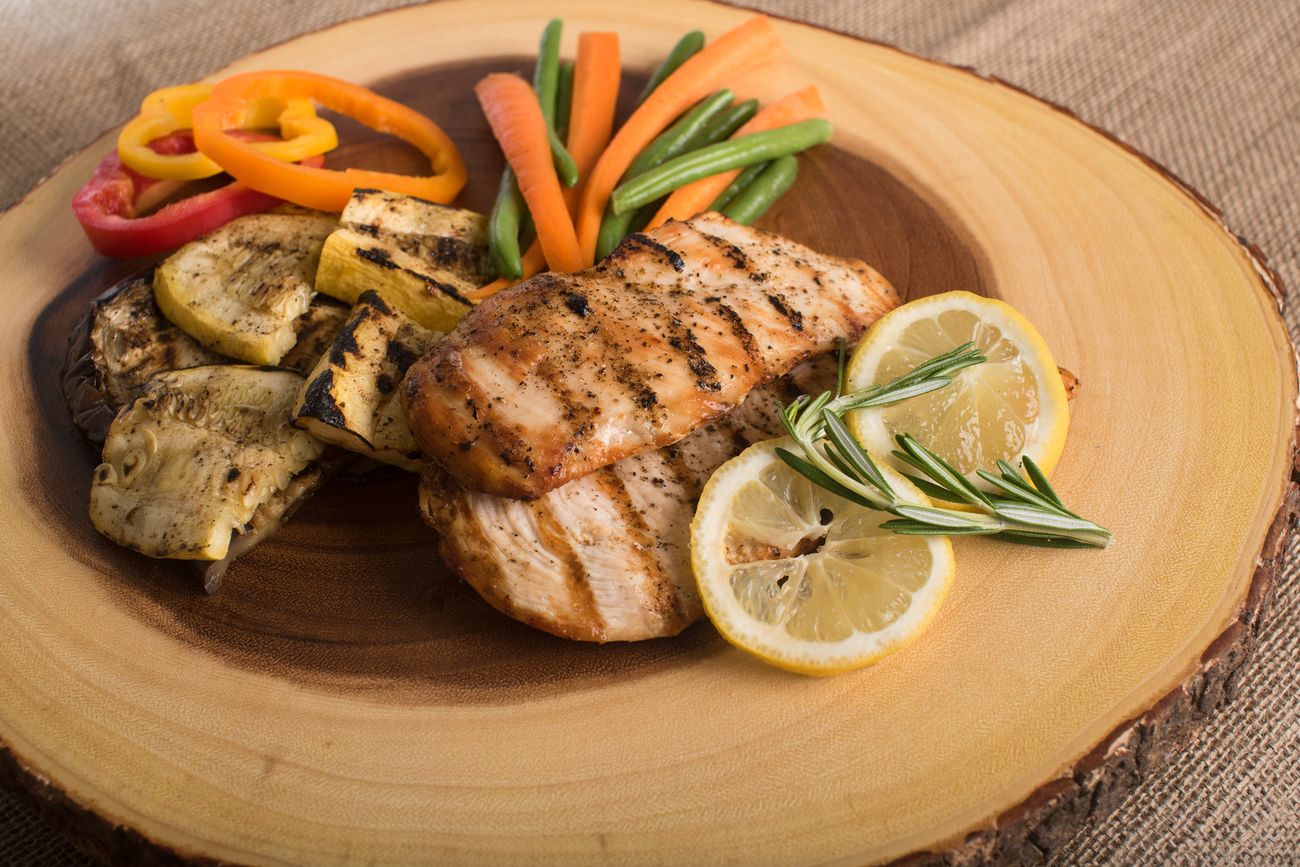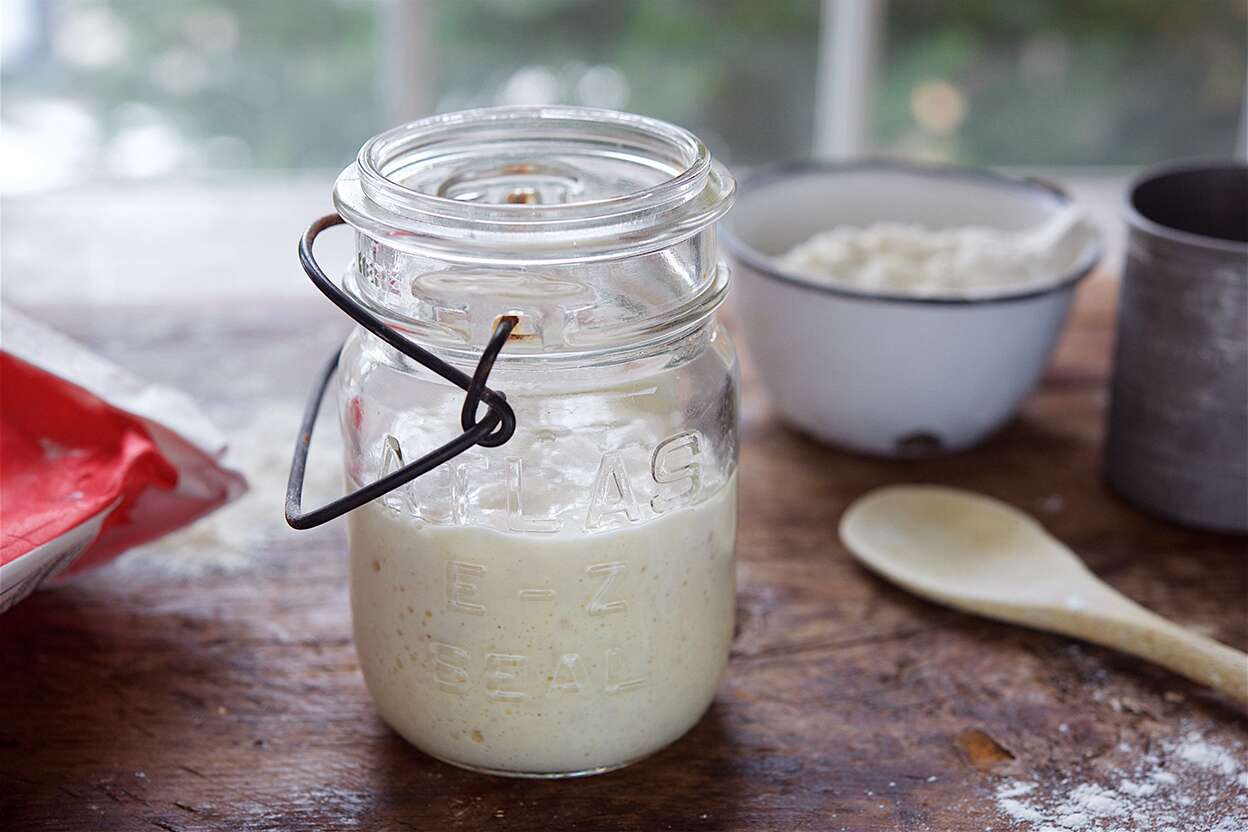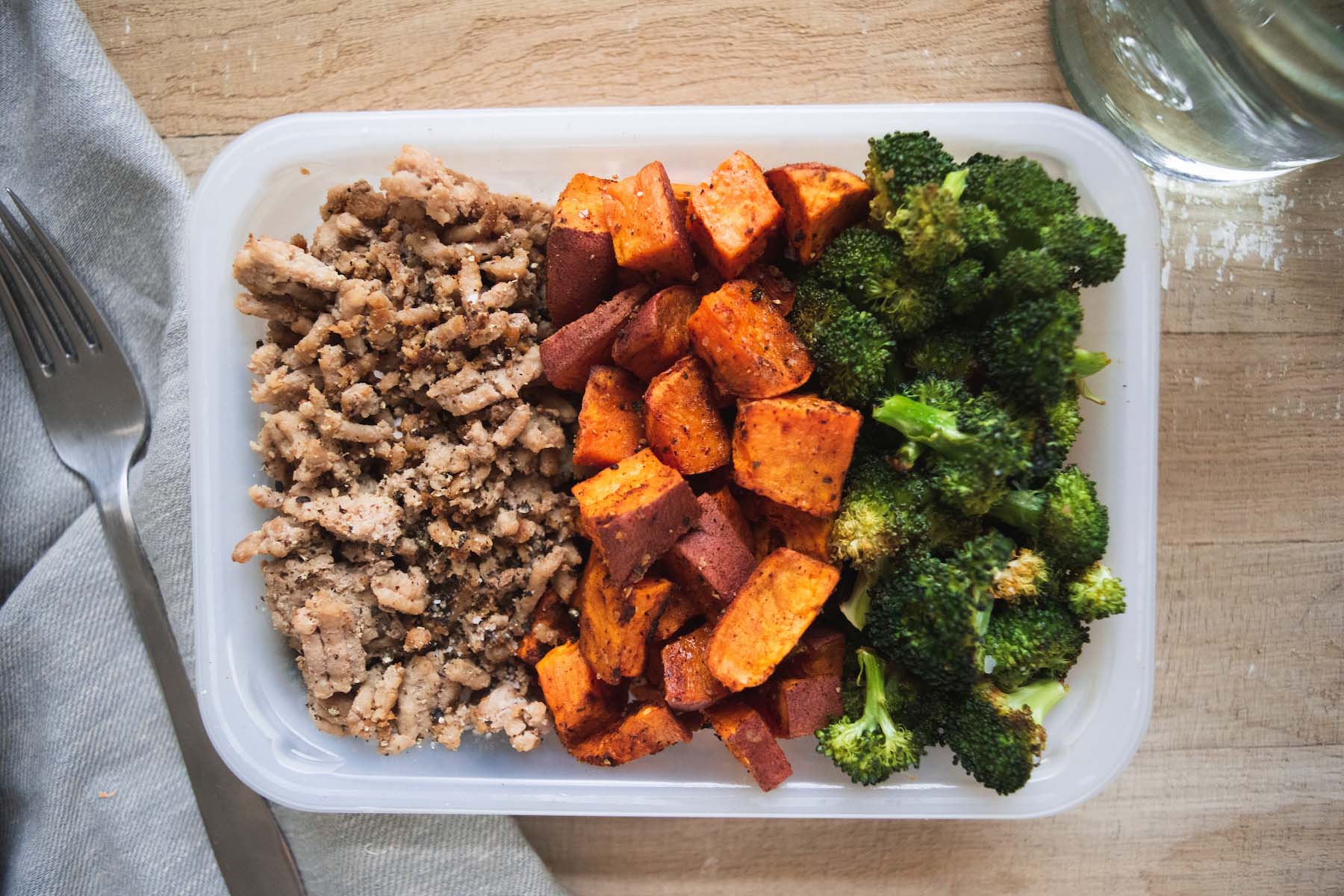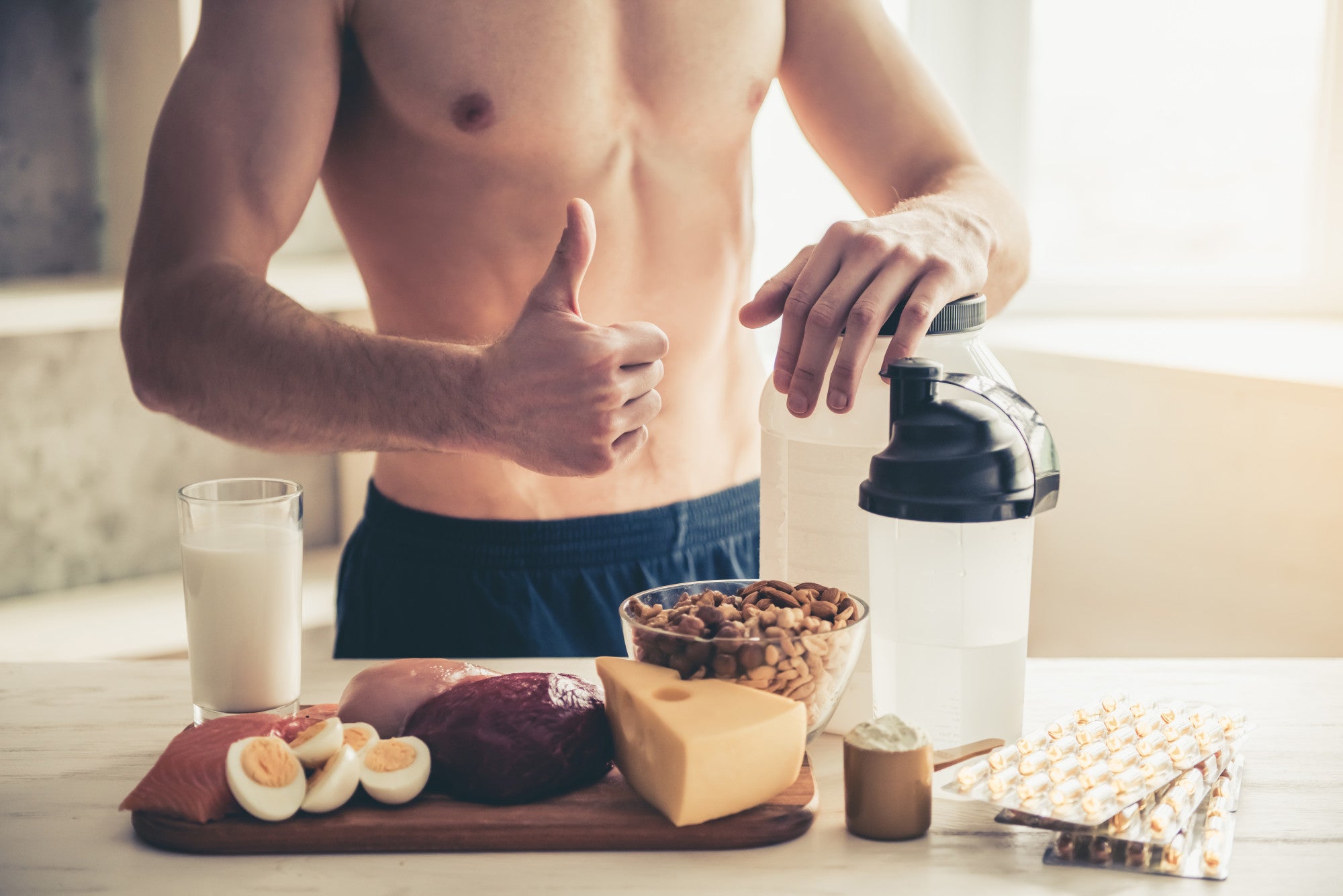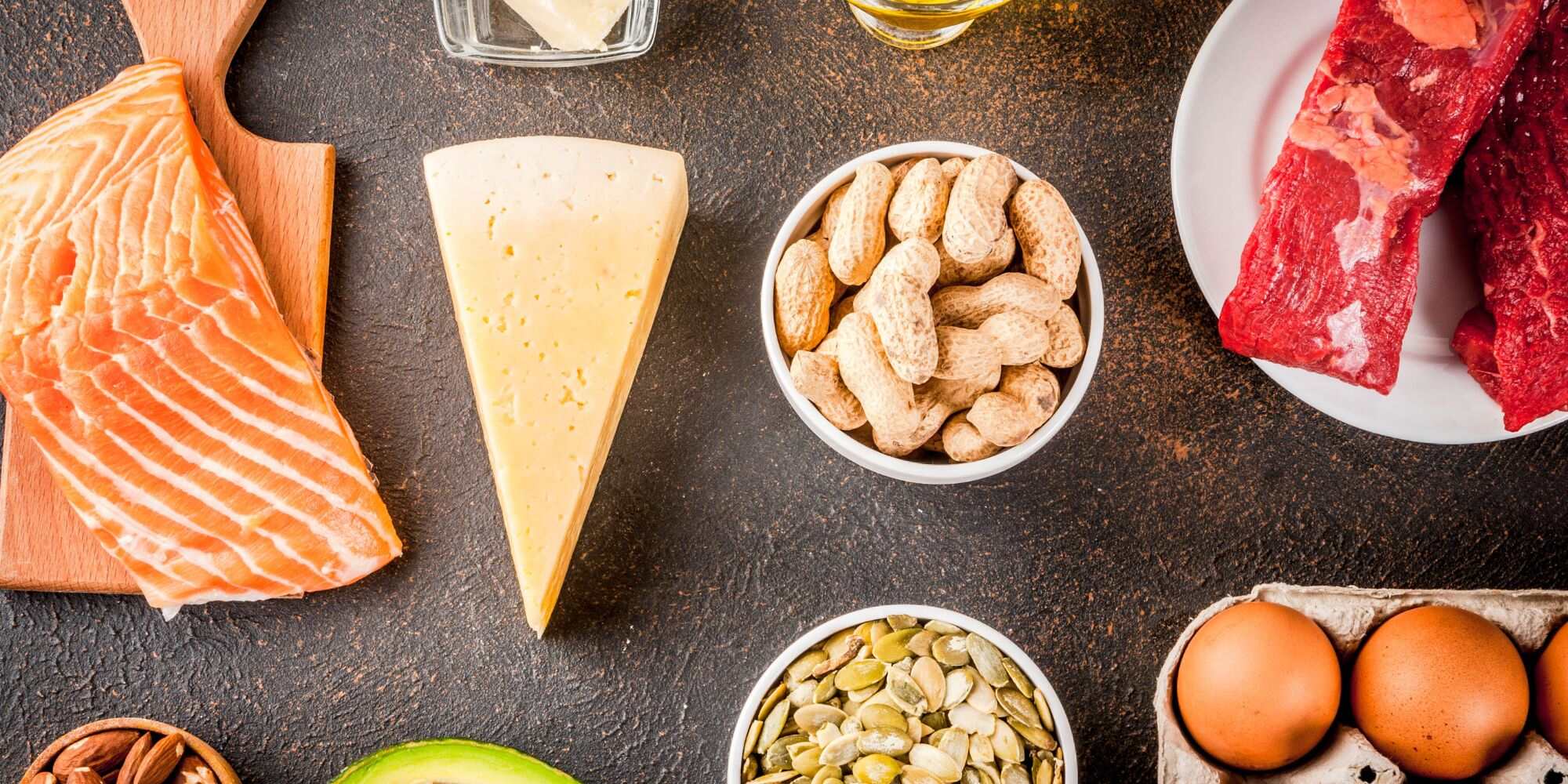Getting Enough Protein: A Guide to Consuming 40-50 Grams Daily
Protein is an essential macronutrient that plays a crucial role in the body’s overall function. It is responsible for building and repairing tissues, producing enzymes and hormones, and supporting a healthy immune system. For many people, consuming 40 to 50 grams of protein per day can be a challenge, especially for those with specific dietary restrictions or preferences. However, with some careful planning and strategic food choices, meeting this target is entirely achievable.
Start Your Day with Protein
Breakfast is the perfect opportunity to kickstart your protein intake for the day. Consider incorporating foods such as:
- Eggs: A versatile and protein-rich option that can be prepared in various ways.
- Greek yogurt: Packed with protein and probiotics, it makes for a nutritious and filling breakfast.
- Smoothies: Blend in some protein powder, Greek yogurt, or nut butter for an added protein boost.
Choose Protein-Packed Snacks
Snacking can be a great way to increase your daily protein intake. Opt for snacks that are not only convenient but also rich in protein, such as:
- String cheese: A quick and easy snack that provides a good amount of protein.
- Almonds or other nuts: A handful of nuts can offer a satisfying dose of protein and healthy fats.
- Protein bars: Look for options with at least 10 grams of protein per serving.
Include Protein in Every Meal
When planning your meals, make a conscious effort to include a source of protein with each one. Some excellent choices include:
- Chicken breast: A lean protein option that can be grilled, baked, or sautéed.
- Salmon: Rich in omega-3 fatty acids and protein, it’s a nutritious addition to any meal.
- Quinoa: A complete protein source that can be used as a base for salads, stir-fries, or bowls.
Supplement When Necessary
Meeting your daily protein target can be challenging, especially for those with specific dietary restrictions. In such cases, protein supplements can be a convenient way to bridge the gap. Options such as:
- Whey protein: A fast and convenient source of high-quality protein.
- Plant-based protein powders: Ideal for those following a vegetarian or vegan diet.
Track Your Intake
Lastly, consider tracking your daily protein intake to ensure you’re meeting your target. There are various apps and websites available that can help you monitor your macronutrient consumption and make adjustments as needed.
By incorporating these strategies into your daily routine, consuming 40 to 50 grams of protein per day can become a manageable and achievable goal. Remember to prioritize a variety of protein sources to ensure you’re also getting a wide range of essential nutrients along with your protein intake.
